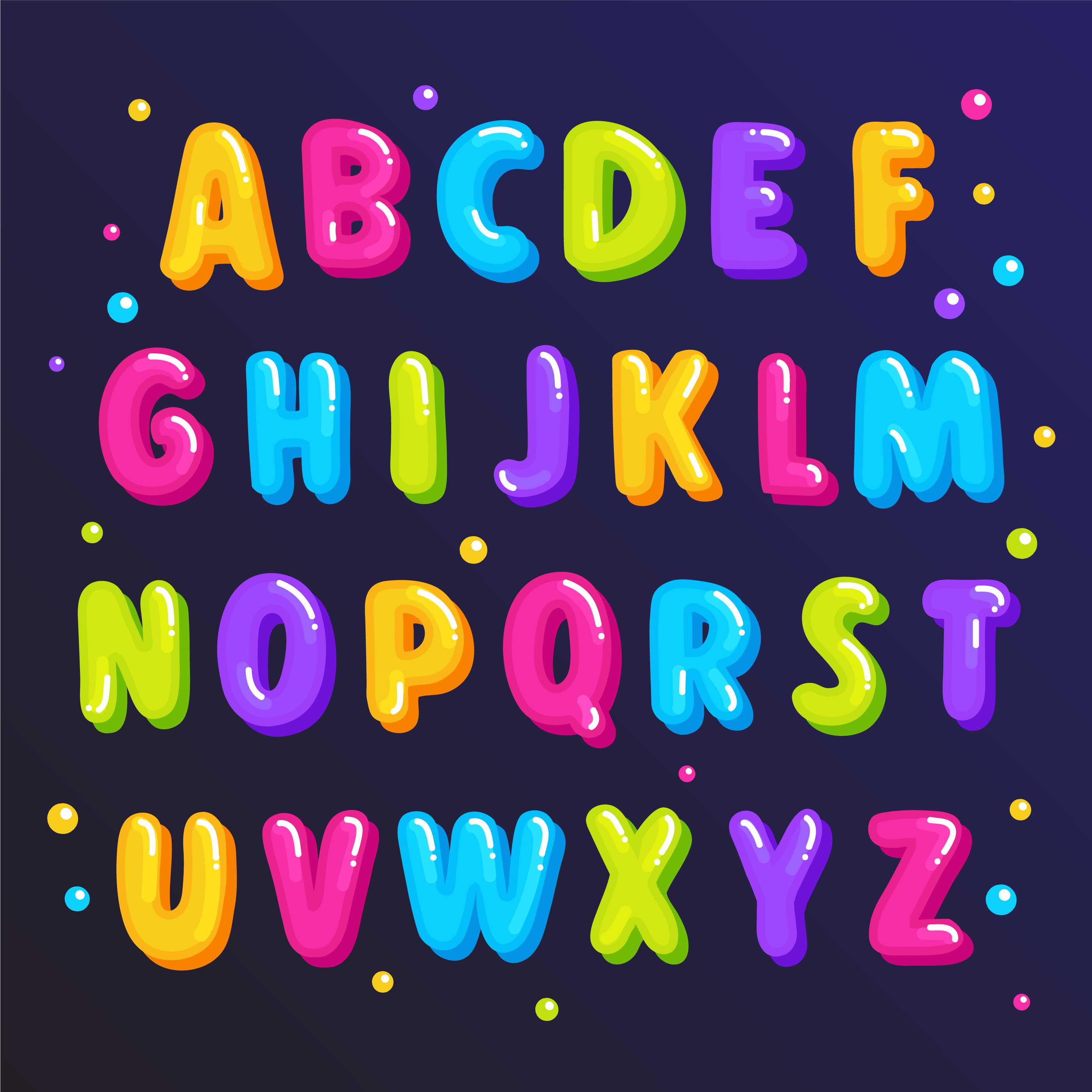

Now the question arises that how we integrate our fonts on our website? As I have mentioned above that the enhancement in typography occurs because of the benefit of embedding our own fonts. Working with the FontĪ web is a place where ideas are being shared. Now you might be curious about the role of HTML in Typography? Let’s get along with the article and discuss it in a comprehensive manner. With the right Typography, you better convey your thoughts to the readers whose knowledge should be your priority. The selection of fonts to the structure of your website depends on the right Typography. If you are not good at typography, then you won’t be able to make people understand what your website is all about. Typography is no less than art that depicts how beautifully you have arranged fonts and how you have built the structure of an article on your website. Be observant as it might help you in the future in case you are working on developing a site. Here I am with another detailed article that will describe What Typography is and What’s its role in HTML. They should never be taken for granted in any case. Now with the enhancement of Typography, a designer can better build the website with various options of fonts that he can apply for better understandability.Īs a designer, I always make sure to make proper use of fonts or typeface because they are one of the crucial factors behind the success of your site. In the past, a designer was limited to a few fonts that he could embed on the website. If you are a graphic designer, then you surely be mindful of ‘Typography’ that is an art to let readers understand your website in a more comprehensive way. With time we have got various opportunities to make our site successful.

It can be due to various reasons, yet the most acknowledged one that I have observed is the trend of implanting our own fonts on our newly designed website. Best in class and an easy recommendation for me.A field of Typography has enhanced to a great extent. Features are clearly labelled and intuitive, the detailed previews are both beautiful and functional. Makes other font management apps look dated and tired. It’s actually made me a lot more experimental and diverse with my font choices.Typeface’s UI is clear, slick and easy on the eye.
#TYPOGRAPHY FONT PICKER FULL#
This means that you don’t end up with a menu full of activated fonts that you don’t need when you’re experimenting with a layout. Typeface makes this possible.Secondly, and this is big, is the ability to apply fonts without activating them, simply by drag and dropping the font into your layout. I store my fonts on a cloud folder so they’re all accessible from whichever computer I’m using. Typeface doesn’t take your fonts and create its own database - it leaves your folders alone and just links to them. Two aspects of Typeface that strongly appealed to me are its non-intrusive way of handling your fonts, meaning that you can organise and structure your fonts folder however you wish - I do mine by style and by client/project. As part of my switch to M1, I decided to rethink my approach to font management.


 0 kommentar(er)
0 kommentar(er)
